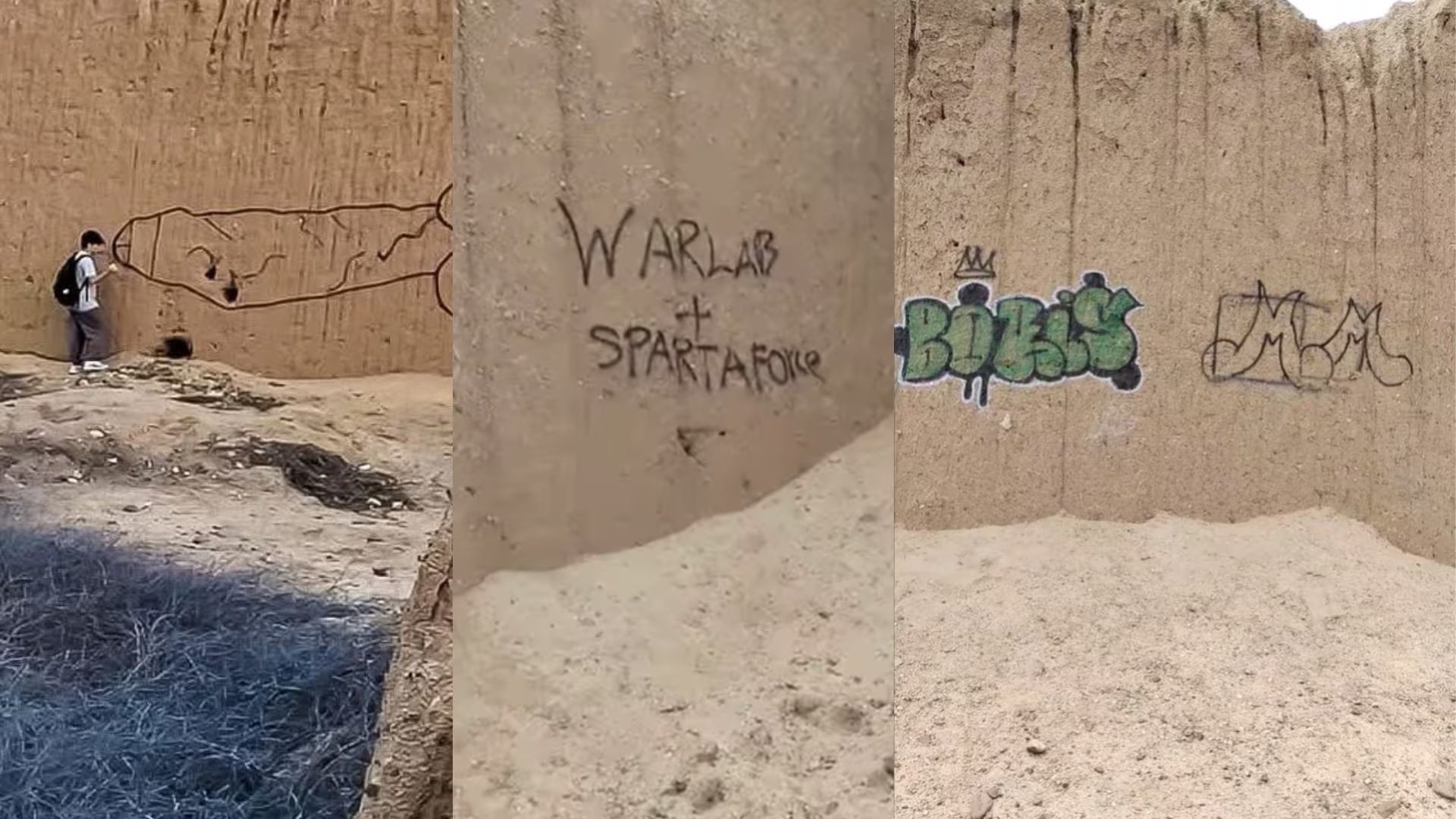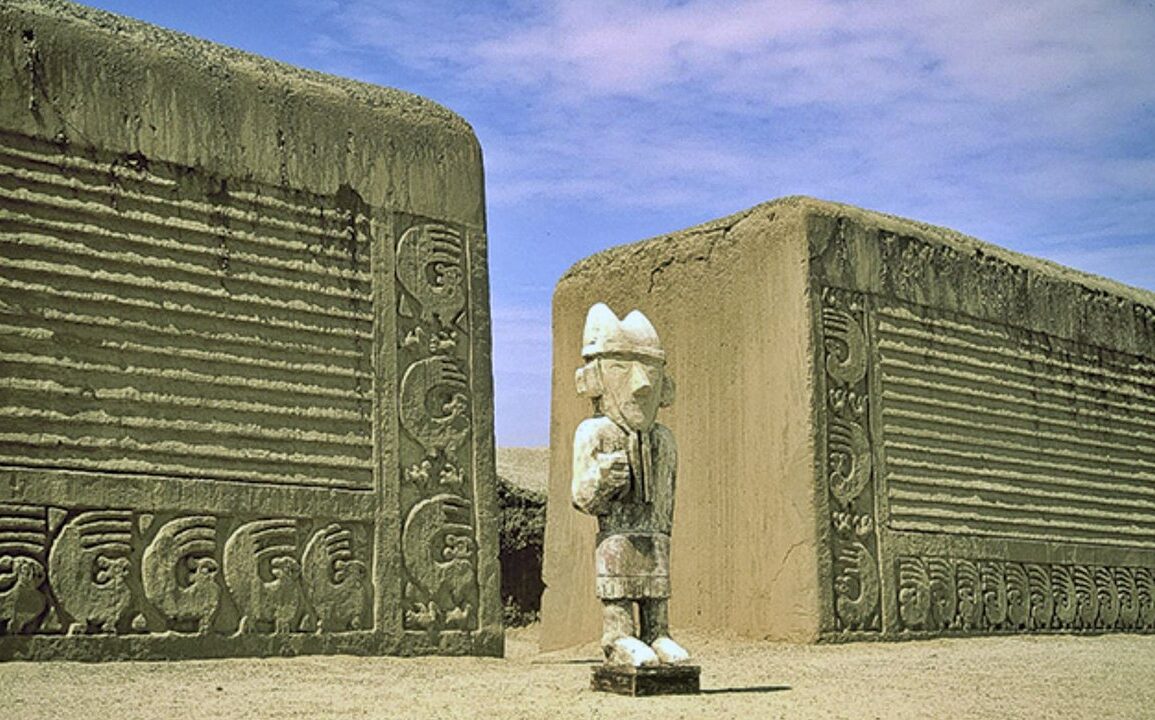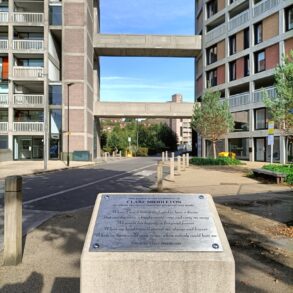A recent act of vandalism at the pre-Columbian city of Chan Chan—the largest adobe city in the Americas and located on Peru’s northern coast—has triggered a wave of indignation and laid bare the vulnerability of this important heritage site. A young man was captured on video spraying obscene graffiti on one of the ancient walls at the archaeological complex in the middle of the day; security was unable to stop him.
Peru’s Ministry of Culture emphatically condemned the attack on Chan Chan, which dates back more than 600 years and has been a Unesco World Heritage Site since 1986. While the city’s size (approximately 20 sq. km) is one of its defining characteristics, it also poses a major challenge in protecting the site, with many areas lacking continuous surveillance.
Chan Chan was the capital of the Chimú kingdom, a culture that flourished on the northern coast of Peru between the 9th and 15th centuries AD. Built around the year 850, the city reached its zenith in the 15th century before it was conquered by the Inca in 1470.
Chan Chan’s remarkable urban planning can be seen in its nine citadels, connected to each other via narrow streets that empty into spacious squares, terraces and truncated pyramids. These are made entirely of adobe, a material with which the Chimú displayed great skill—captured in engravings, bas reliefs and details that remain to this day.

Examples of recent vandalism on Chan Chan’s adobe walls Courtesy Maria Luisa del Rio
“Its architectural and urban grandeur has no comparison anywhere in the Americas,” the Peruvian historian Pablo Macera tells The Art Newspaper. “It was perfectly situated between the sea and inland areas and had a vast network of underground aqueducts. The Chimú culture was known throughout the Andean region for its prestige and refinement—a fact that was also recognised by the Incas, who eventually conquered it. Some Chimú customs were adopted in the 16th century at the imperial court in Cusco, and the artisans who made jewellery for the Inca kings and their wives also hailed from this culture.”
Chan Chan is now facing deterioration caused not just by time and weather but a lack of adequate security. Locals, archaeologists and defenders of cultural heritage have noted the absence of security guards in vast areas of the complex. Acts of vandalism have become common, even though Peru’s penal code establishes a punishment of up to six years in prison plus fines for those who damage cultural heritage sites.
This most recent act of vandalism has highlighted structural shortcomings in the site’s protection, but it is not an isolated incident. Just last month, two groups of people were detained after illegally operating heavy machinery at Chan Chan. This incident, like the recent graffiti, shows the risks faced by the archaeological site caused by land trafficking, the use of machinery in protected areas and a lack of security.
This post was originally published on this site be sure to check out more of their content.









